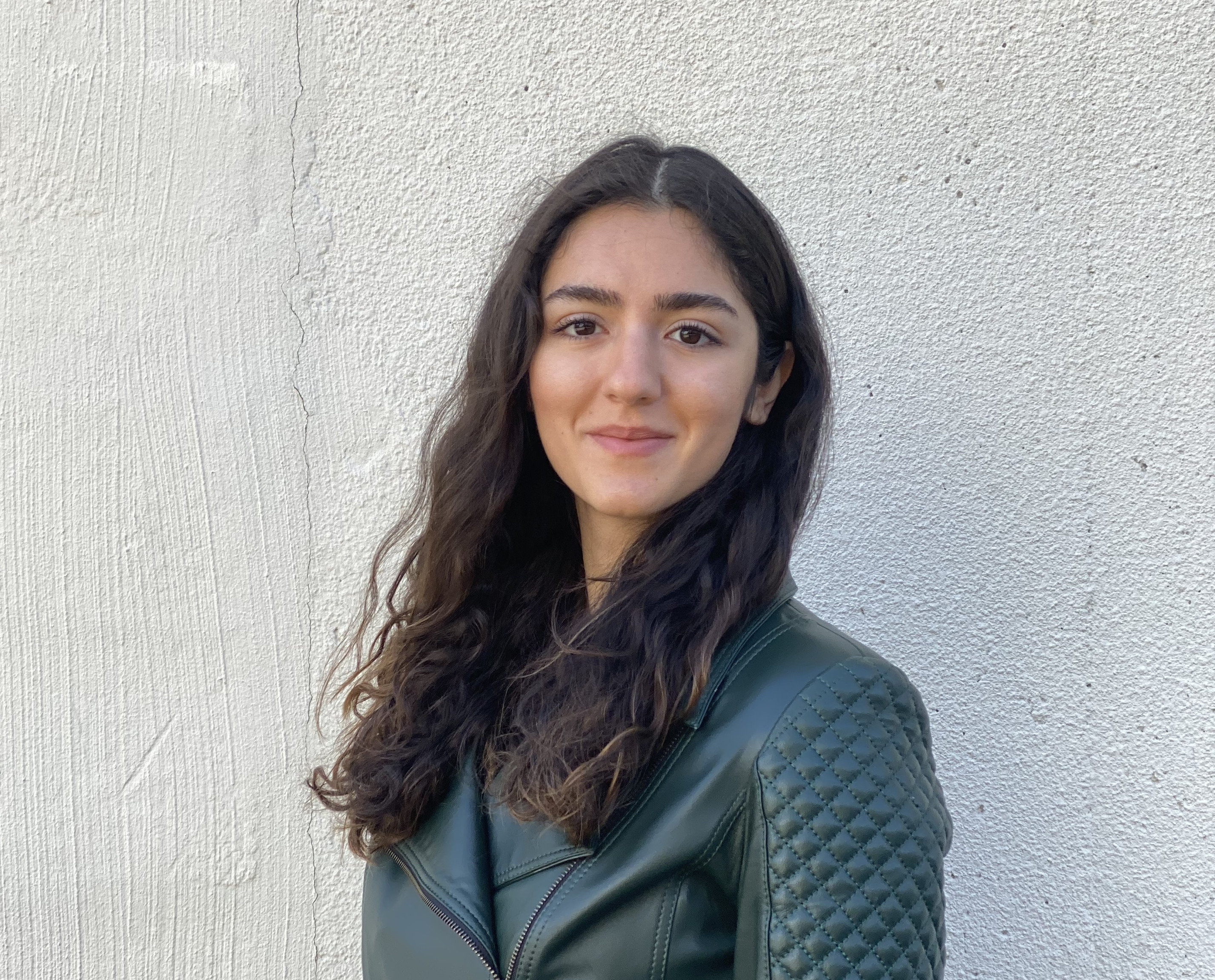Tina Hajali is a PhD candidate at the SED Lab that will be working with additive manufacturing and the digitalization of design tools.

TELL US A LITTLE BIT ABOUT YOURSELF, WHAT IS YOUR BACKGROUND?
Hello! I am Tina, 25 years old. I am from Iran. I have always enjoyed spending time trying to solve tricky questions and it was my dream to become an engineer to work on a real-case scenario. By the time I graduated from high school, I was interested in materials and mechanical engineering, and I wanted to develop my skills in this field. Therefore, I studied my bachelor’s in Materials Science and Engineering at Sharif University of Technology in Tehran. Afterward, I decided to continue studying and Chalmers seemed the best option to me due to its high quality of education and its strong collaboration with industry. In the first year of my master’s, I had the opportunity to get a summer job at Volvo Cars that was unbelievable to me (and still it is)! I was able to see how a well-known company works and how I can contribute as an engineer. During the two years of my master’s, I focused my study on Additive Manufacturing (AM) since I believe this innovative technology has a bright future ahead with many features yet not discovered to make the world a more sustainable place. In this regard, I had a chance to collaborate in two industrial projects studying how AM can affect the properties of superalloys with respect to their material characteristics and machinability. The projects were in collaboration with Metal Cutting Research Group (MCR) and Centre for Additive Manufacturing-Metal (CAM2) at the Department of Industrial and Materials Science (IMS). After graduation, I looked for opportunities that could help me learn and develop my skills toward digitalization, more specifically, learning about modelling and simulation. I applied and got accepted for an internship at Huawei Research Center which was a great experience for me, and I had a chance to work with many experienced people. For the next step of my career, I was looking for a research role which helps me to combine the engineering skills I learned with digitalization aspects to help industries to move towards industry 4.0 and a more sustainable environment. Now, here I am! Working on a project I was exactly looking for!
WHY HAVE YOU CHOOSEN TO WORK FOR CHALMERS SED LABORATORY?
I think the fun part of working with new technologies is the level of ambiguity, and the demand for creativity. I always like to look at the bigger picture and see how new technologies can be implemented and help a system to work properly and more efficiently. The first time I read about the SED research team, I got very excited since I found it a community that has the same concern as me: Researchers who dedicate their knowledge, time, and energy to keep themselves updated with cutting-edge technologies to help industries to adapt to the rapidly growing technology and improve the quality of service. I believe being a part of this team will help me to get closer to my goal. I also hope I can play an effective role and help the team to reach its targets.
WHAT ARE YOUR RESEARCH INTERESTS?
As I mentioned previously, I like to learn about new and innovative technologies such as AM and learn about digitalization tools, and research on how we can integrate these technologies with already-existing industries to increase efficiency and move toward achieving the UN sustainable development goals. I am curious to see how theories can turn into practice. My intention is to be able to see the bigger picture and learn the requirements to do so.
WHAT DO YOU HOPE TO BRING TO OUR TEACHING?
When I think about the courses, I have taken during my education so far, the ones that were more interactive are the ones I value the most. I want to have a class in which we all learn together, ask questions, and criticize the answers. I appreciate creativity and would love to give space to students to practice it. From my point of view, it is important that students know why they are studying a course and how it can help them later in their career. In other words, I want to help them to take a step back and see what the mission of the course is and what are the approaches and methods the course is trying to deliver. Later, students will forget the details of a course, but I want them to remember the approaches we took during the course to look at a matter or solve a problem.